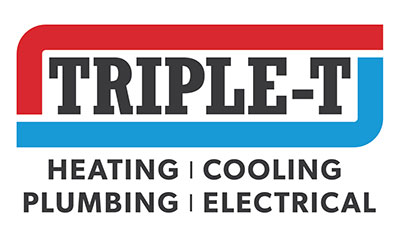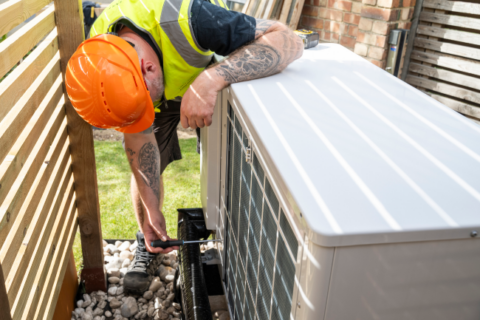How to Protect Your Home from the Cold
As the days get shorter and the nights get colder, your heating bills go up. When the temperatures dip, your home faces a host of challenges that can cause damage or make inefficiencies really show and hit you in the wallet.
Whether you live in Utah County or St. George, it’s important to protect what is one of your most vital assets. If you haven’t prepared your home for the storms and cold of the season, it’s time to take action now.
Exterior Readiness
Action items for your home’s exterior:
- Trim the trees around your roof and windows. This way the limbs and branches aren’t as likely to damage your home during a storm.
- Clean the gutters out from the fall leaves and add an extension to your downspout to divert water away from the foundation. When tasks need to done at heights, avoid the risk of a fall and hire a professional trained to do the job right.
- Get your chimney cleaned and inspected.
- Drain all hoses and store them for the winter.
- If you live in a place where deep freezes occur, have your in-ground sprinklers blown-out, and winterize any outdoor spigots that may freeze.
- Seal up the masonry in your walkways and stonework.
- Have a shovel, or snowblower ready and get a bag of sidewalk de-icer for safety. By having these items ready in advance of the snow and cold, you’ll be better prepared when the storms hit.
- While you’re outside making an inspection of your home, check out all the exterior lights. Replace bulbs with energy-efficient LED lights so that you can leave them on longer for safety.
- Cover your patio furniture with a tarp or store the items in the garage, shed, or storage room to protect them from the elements.
- Replace screen windows with storm windows.
Interior Preparation
Action items you can do to get the inside of your home ready for winter:
- Have your heating system serviced and inspected and change your air filter.
- Close the damper to your chimney when you aren’t using the fireplace and have the and fireplace serviced.
- Check the insulation in your home, particularly in the attic.
- Reverse the fan switches on your ceiling fans so that the blades move the air upward and forces the hotter air downward.
- Check all the windows and doors, making sure that the seals and caulking is in good repair.
- Check the door seals and weather-stripping.
- Check the insulation around the plumbing, especially on pipes next to the outer walls.
- Consider replacing your windows. Replacing older windows can reduce heating costs, because newer technology keeps your home more energy-efficient.
- If not already in place, install a programmable thermostat to maintain the temperature in your home and save on energy costs.
- You should also check your smoke alarms and carbon monoxide detector to make sure they are in good working condition.
Take Time Now to Prevent Problems and Larger Expenses Later
When the snow and ice comes, you’ll want to be ready. By being proactive and doing your part before the really bad storms hit, you’ll save on energy costs and won’t have to rely on more expensive, emergency service with service technicians as the weather gets colder.
For more tips, be sure to check out our ‘Get Your Home Ready For Winter’ infograph and take the time to prepare an emergency plan for your family.


